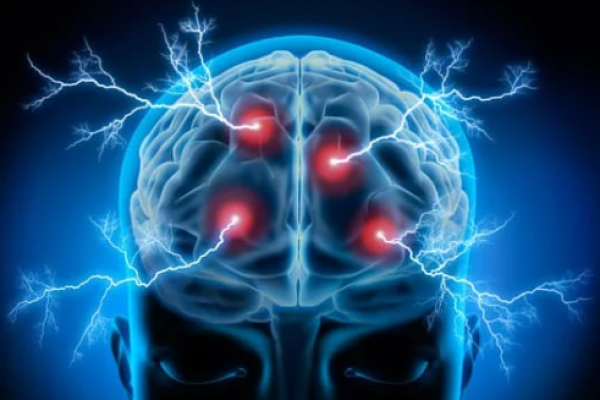Pain has always been one of the most complex and misunderstood human experiences. While we often think of it purely as a physical problem — a “signal” from an injured body part — modern science has decisively shown that pain is not just in the body. It’s profoundly shaped by the brain and mind.
For GPs and allied health professionals, understanding how psychological factors can amplify or perpetuate pain is critical. Recognising and addressing these elements can dramatically change patient outcomes, moving them from chronic suffering to meaningful improvement in function and quality of life.
Pain: More Than a Body Alarm
Pain is an output of the nervous system — not simply a direct readout of tissue damage. While nociceptors (pain-sensing nerves) detect potential threats, it’s ultimately the brain that decides whether or not to produce the experience of pain. The brain considers many inputs before sounding the “pain alarm,” including:
- Sensory information (e.g., injury signals)
- Emotional state
- Memories and prior experiences
- Context and meaning of the pain
- Expectations and beliefs
The Role of Psychological Factors
Catastrophising
Catastrophising refers to the tendency to ruminate on pain, magnify its threat, and feel helpless. Patients may think:
– “This pain must mean something serious.”
– “I’ll never get better.”
– “I’m completely broken.”
Catastrophising is strongly associated with higher pain intensity, greater disability, and worse outcomes after surgery or injury.
Fear-Avoidance Beliefs
Some patients develop an intense fear that movement or activity will worsen their pain or cause harm. This leads to avoidance, deconditioning, and a vicious cycle of increased pain and disability.
Key signs:
– Avoiding activities once enjoyed
– Excessive rest
– Statements like, “I’m afraid to bend or lift because I might damage my back.”
Hypervigilance
Patients may become excessively focused on bodily sensations, constantly scanning for signs of pain or damage. This heightened attention can lower pain thresholds and amplify symptoms.
Mood Disorders
Depression and anxiety don’t just coexist with chronic pain — they actively worsen it. Shared neurobiological pathways mean that negative mood states can enhance pain perception, and vice versa.
Neuroplasticity: The Brain Can Change (for Better or Worse)
The brain’s ability to reorganise itself (neuroplasticity) plays a key role in chronic pain. Prolonged pain can “rewire” the brain to become more efficient at producing pain signals, even in the absence of ongoing tissue injury.
This helps explain why chronic pain often persists long after healing should have occurred and why purely physical treatments alone may fall short.
Addressing the Psychological Drivers
Educate and Reframe
Patients often feel invalidated if told their pain has a psychological component. The key is to explain that all pain is real and that the nervous system — including the brain — plays a major role in amplifying or calming it.
Helpful phrasing:
“Pain is like an alarm system that can become too sensitive over time. We’re not saying it’s imaginary — it’s very real. But your nervous system can learn to turn down the volume.”
Encourage Active Strategies
Passive treatments (e.g., rest, passive modalities) reinforce helplessness. Instead, focus on:
- Graded activity and pacing
- Cognitive behavioural therapy (CBT)
- Mindfulness and relaxation techniques
- Sleep hygiene and stress reduction
Develop an Allied Health team for support
Psychologists, physiotherapists, and occupational therapists all play essential roles in addressing these drivers:
Psychologists: Help reframe unhelpful beliefs and teach coping skills.
Physios: Guide graded exposure to movement and rebuild confidence.
Exercise Physiologists: Create tailored exercise and movement programs for a diverse range of clients.
Occupational Therapists: Assist with returning to meaningful daily activities and workplace modifications.
The Critical Coordinating Role: Holding the Narrative
Patients often receive fragmented advice, leading to confusion and frustration. As the central coordinator, the patients primary healthcare overseer can unify the story, reinforce biopsychosocial approaches, and normalise psychological support as part of comprehensive pain care — not as a dismissal of symptoms.
Pain is not merely a tissue issue; it’s a complex, whole-person experience deeply influenced by the brain and mind. By recognising and addressing psychological factors, we can help patients break out of cycles of fear, avoidance, and helplessness.
The future of pain care lies in this integrative approach — one that treats the person, not just the pain.


